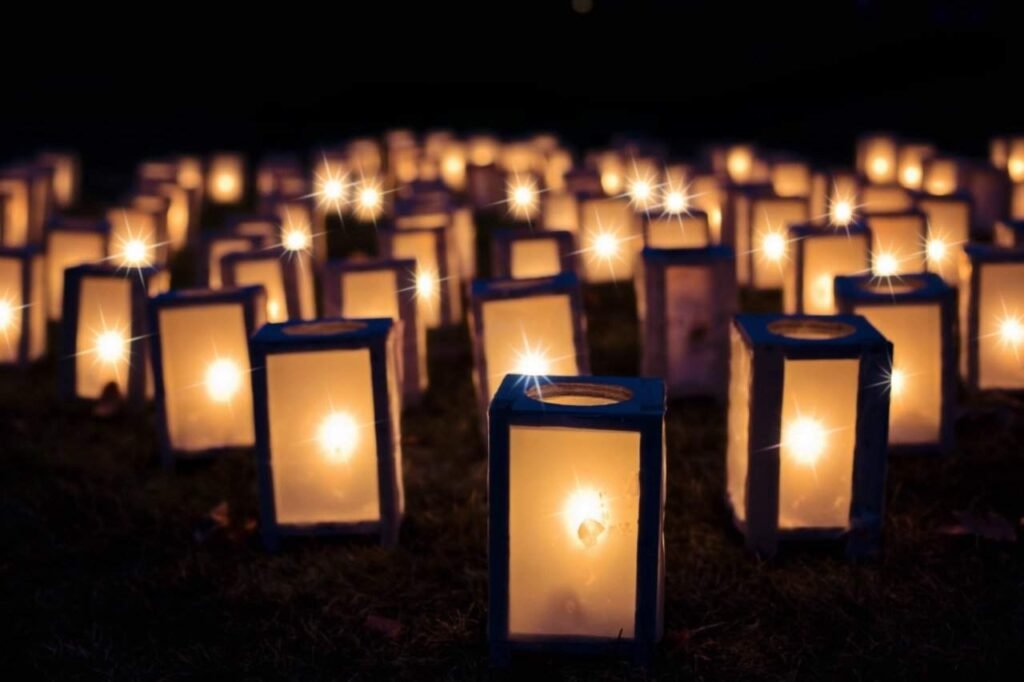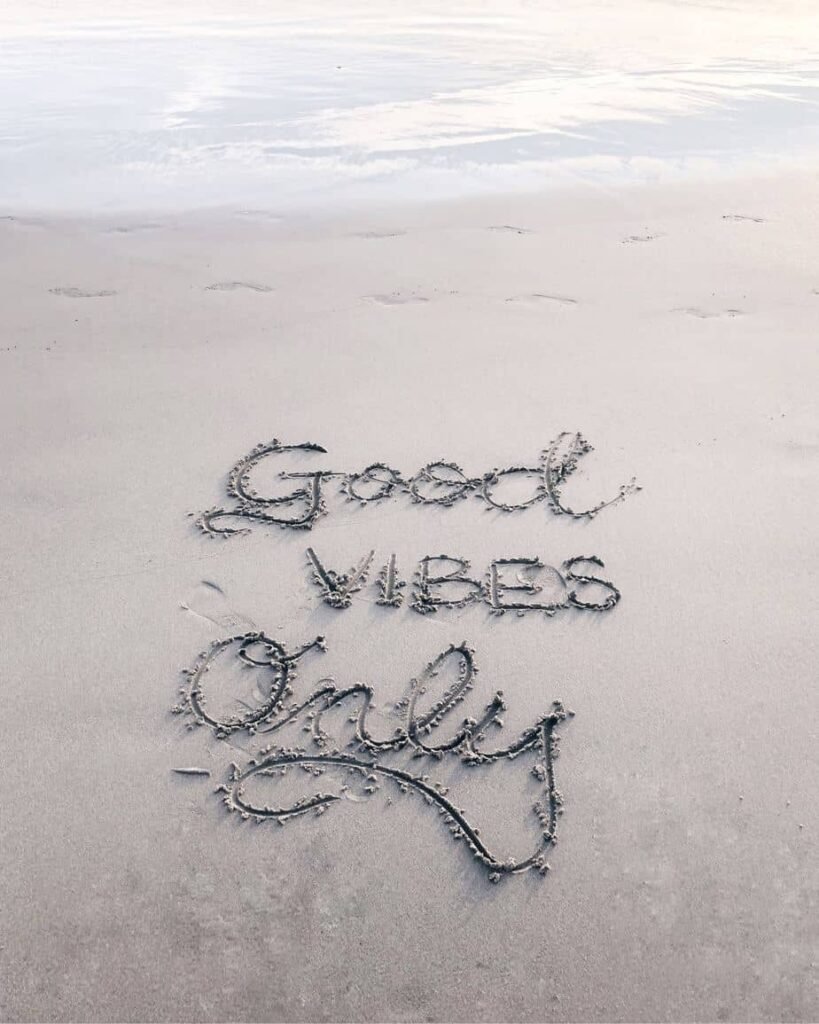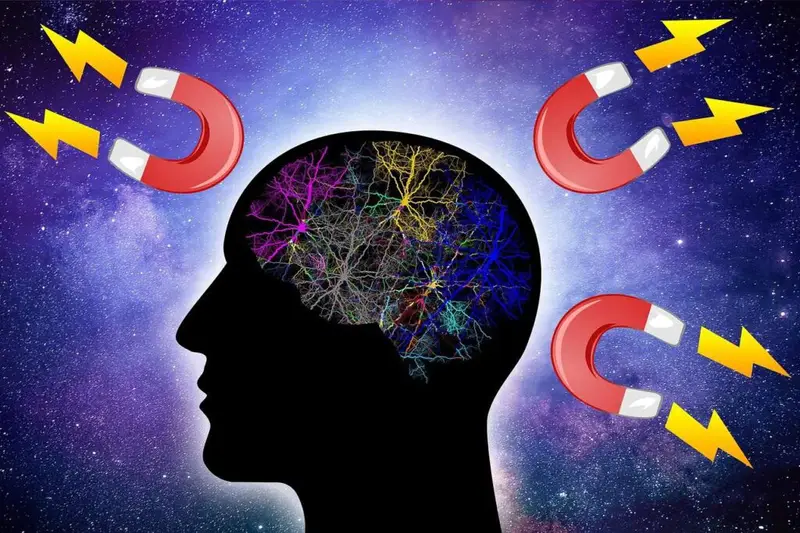The solstice is one of my favourite days of the year because it marks the return of light and the “rebirth of the sun” here in the northern hemisphere.
Tonight is the longest night of the year and starting tomorrow, our days begin to get longer with a few seconds of a sunshine added every day until the summer solstice in June. There is the fascinating astronomical significance of the solstices, which I’ve always been drawn to. But in the last few years, I’ve taken a keen interest in the deeper symbolic meaning.
Ancient celebrations of the solstice
Understanding the passage of time was crucial in many ancient cultures. The sun allowed them to see, kept them warm, and fed them by growing crops. The solstices were fundamental to survival. Today we know that November isn’t a good time to sow seeds of our gardens. But before modern calendars, our ancestors relied the sun’s position in the sky to know when to sow versus when to harvest.
Ancient Egyptians honoured the winter solstice as the birth of Horus, the deity of the sky, which included the sun and the moon. Because the winter solstice is the reversal of the sun’s ebbing presence in the sky, the concept of the rebirth of sun gods made sense to them.
Other cultures also celebrated winter solstice such as the Romans who celebrated Saturnalia, a carnival-like feast of gift-giving and merriment. In northern European culture, the winter solstice became known as “Yule.”
It is believed that Stonehenge was constructed by the Neolithic people as a monument aligned to the movements of the sun. Even today, solstice celebrations occur at the site.

Connection to Christmas
Our modern-western Christmas holiday is a bastardized version of ancient solstice celebrations.
There’s no record of December 25th being the birth of Christ in the bible. The earliest mention of this date was in the 4th century. Many believe the date was chosen by early Christians deliberately to encourage the spread of Christianity into northern and western Europe where solstice celebrations were already occurring in full swing.
The theory was if they they made a Christian holiday (Christmas) look like a well-established pagan holiday, those people would be more likely to adopt Christianity. In the 17 centuries that followed, the holiday has been hijacked first by the church, and most recently by corporate consumer culture which uses it as an excuse to amp up consumption at at time where we should be reducing our consumption habits.
Spiritual symbolism
While Christmas adapts many traditions passed down from our ancestors, it has missed the mark on the spiritual symbolism of the holiday. When I say spiritual, I am not referring to any religious dogma or particular set of beliefs. I am referring to the part of us that is more than the flesh and bones that make up our physical body. You can use the word etheric if the word spiritual doesn’t sit well with you.

A time for reflection
The winter solstice is a time to reflect on the cycle of life and the rhythm and flow of our lives. Are you in the flow or are you resisting it? If you feel stress and anxiety, you’re likely resisting. What can you do to be more in the flow? What in your life is causing stress and resistance that you’re willing to release?
It is also a good time to ask how you can embrace the changes happening in the cosmos in your own life. Put another way, how can you create more light into your own life?
The answers to these questions are unique for each person and so my aim is not to be prescriptive here. After all, only you know the answers to these questions, it’s just a matter of whether you’re listening for the answer.



